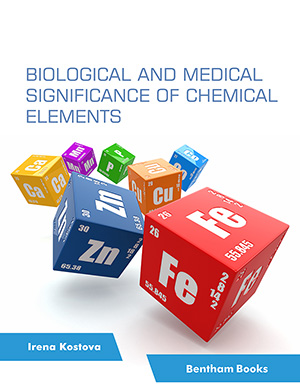Abstract
Background: ATAD2 is closely related to the occurrence and proliferation of many tumors. Thus, exploring ATAD2 inhibitors is greatly significant for the prevention and treatment of tumors. In this study, the quantitative structure–activity relationship (QSAR) analyses of 57 naphthyridone derivatives were conducted using hologram quantitative structure–activity relationship (HQSAR) and topomer comparative molecular field analysis (topomer CoMFA).
Methods: The 57 naphthyridone derivatives were divided into the training (44 derivatives) and testing (13 derivatives) sets. HQSAR and topomer CoMFA models were obtained by applying the SYBYL-X software and validated using various validation parameters. Contribution maps from the best HQSAR model and the contour maps from the best topomer CoMFA model were analyzed.
Results: The most effective HQSAR model exhibited significant cross-validated (q2 = 0.872) and non cross-validated (r2 = 0.972) correlation coefficients, and the most effective topomer CoMFA model had q2 = 0.861 and r2 = 0.962. Several external validation parameters, such as 𝒬F12, 𝒬F22, r2m, Δr2m, and CCC, were used to calculate the correlation coefficients of the test set samples and validate both models. The result exhibited a powerful predictive capability. Graphical results from HQSAR and topomer CoMFA were validated by the binding mode in the crystal structure.
Conclusion: The models may be beneficial to enhance the understanding of the structure–activity relationships for this class of compounds and also provide useful clues for the design of potential ATAD2 bromodomain inhibitors.
Keywords: ATAD2 bromodomain inhibitors, hologram QSAR, topomer CoMFA, naphthyridone derivatives, proliferation, contour map.
[http://dx.doi.org/10.1039/C4MD00237G]
[http://dx.doi.org/10.1186/gb-2008-9-4-216] [PMID: 18466635]
[http://dx.doi.org/10.1093/jmcb/mjv060] [PMID: 26459632]
[http://dx.doi.org/10.1128/MCB.00484-10] [PMID: 20855524]
[http://dx.doi.org/10.1371/journal.pone.0054873] [PMID: 23393560]
[http://dx.doi.org/10.1158/1078-0432.CCR-12-0505] [PMID: 22914773]
[http://dx.doi.org/10.3892/ol.2016.5218] [PMID: 27895739]
[http://dx.doi.org/10.7314/APJCP.2014.15.6.2777] [PMID: 24761900]
[http://dx.doi.org/10.1089/cbr.2014.1608] [PMID: 24784911]
[http://dx.doi.org/10.1093/carcin/bgx089] [PMID: 28968711]
[http://dx.doi.org/10.3892/or.2015.3867] [PMID: 25813398]
[http://dx.doi.org/10.1186/1471-2407-14-107] [PMID: 24552534]
[http://dx.doi.org/10.1016/j.ddstr.2011.12.002]
[http://dx.doi.org/10.1080/14728222.2018.1406921] [PMID: 29148850]
[http://dx.doi.org/10.1021/jm501035j] [PMID: 25314628]
[http://dx.doi.org/10.1021/acs.jmedchem.5b00773] [PMID: 26230603]
[http://dx.doi.org/10.1007/s00044-016-1686-8]
[http://dx.doi.org/10.2174/1570180816666190712095907]
[http://dx.doi.org/10.2174/1573409915666190918150136] [PMID: 31533602]
[http://dx.doi.org/10.1016/j.dyepig.2018.01.053]
[http://dx.doi.org/10.1021/acs.jmedchem.5b00772] [PMID: 26155854]
[http://dx.doi.org/10.1016/j.chemolab.2015.04.017]
[http://dx.doi.org/10.1590/S0103-50532009000400021]
[http://dx.doi.org/10.1016/S1093-3263(01)00123-1] [PMID: 11858635]
[http://dx.doi.org/10.1016/j.chemolab.2016.01.008]
[http://dx.doi.org/10.1021/ci000066d] [PMID: 11206373]
[http://dx.doi.org/10.1021/ci800253u] [PMID: 18954136]
[http://dx.doi.org/10.2307/2532051] [PMID: 2720055]
[http://dx.doi.org/10.2307/2532314]
[http://dx.doi.org/10.1016/j.chemolab.2015.04.013]
[http://dx.doi.org/10.1002/cem.2809]
[http://dx.doi.org/10.1016/j.etap.2014.04.019] [PMID: 24858058]
[http://dx.doi.org/10.1039/C8CP03860K] [PMID: 30137066]






























